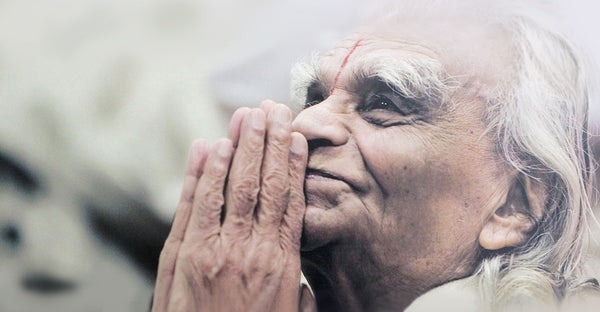
Iyengar Yoga, named after and developed by B. K. S. Iyengar, is a form of Hatha Yoga that has an emphasis on detail, precision and alignment in the performance of posture (asana) and breath control (pranayama). The development of strength, mobility and stability is gained through the asanas.
B.K.S. Iyengar has systematised over 200 classical yoga poses and 14 different types of Pranayama (with variations of many of them) ranging from the basic to advanced. This helps ensure that students progress gradually by moving from simple poses to more complex ones and develop their mind, body and spirit step-by-step.[1]
Iyengar Yoga often makes use of props, such as belts, blocks, and blankets, as aids in performing asanas (postures). The props enable students to perform the asanas correctly, minimising the risk of injury or strain, and making the postures accessible to both young and old.
Iyengar Yoga is firmly based on the traditional eight limbs of yoga as expounded by Patanjali in his Yoga Sutras.

Introducing BKS Iyengar
Born in Bellur, India in 1918, BKS Iyengar's approach to yoga focuses on asana and pranayama to explore the eight limbs of Patanjali’s yoga.
BKS Iyengar celebrated his 95th birthday in 2013 in Pune, India where he continues to maintain a daily practice and teach. Commencing yoga at age 16 to deal with a series of health conditions, over a lifetime Iyengar has evolved distinct methods of practicing and teaching yoga, which have been adopted by many around the world. Iyengar's methods are founded in traditional yoga and predominately based within Patanjali’s yoga sutras. Iyengar classifies the yoga he teaches as Astanga (eight-limbed) yoga and adopts all aspects of yoga in his method. Many other types of yoga differ, as a particular aspect is pursued (e.g. raja yoga focuses on mastery of mind, hatha yoga emphasises the physical aspects of yoga, and mantra yoga uses mantra to refine mind). Iyengar adopts all aspects of yoga as he considers making distinctions between aspects (e.g. mind and body) arbitrary.
Iyengar’s methods help you to build the capacity to apply and watch yourself, and with a practice over time, you work toward the integration of the body, mind and soul.